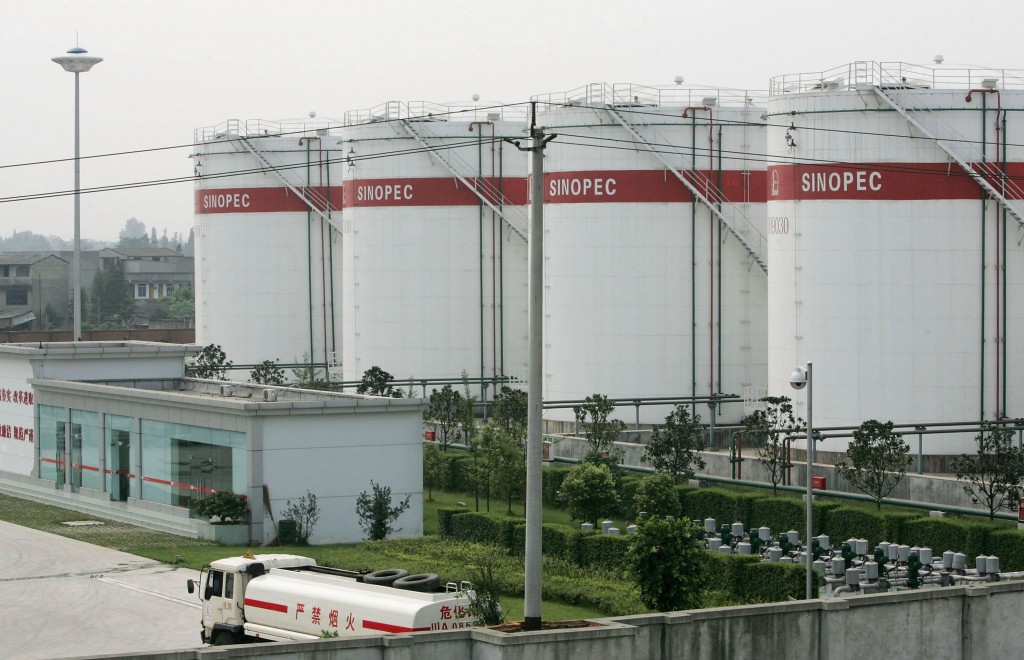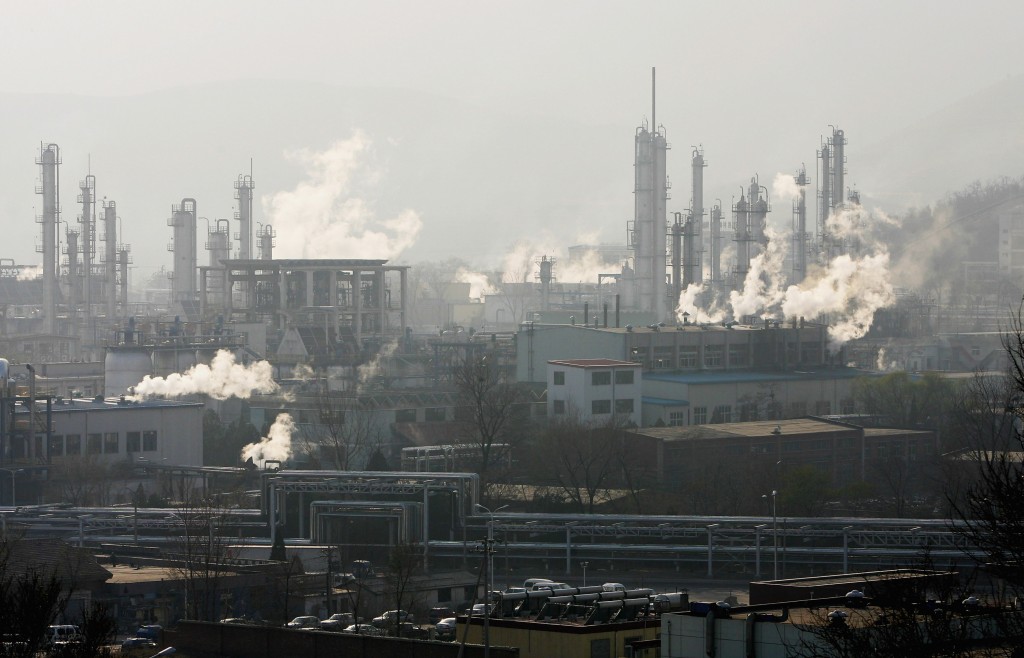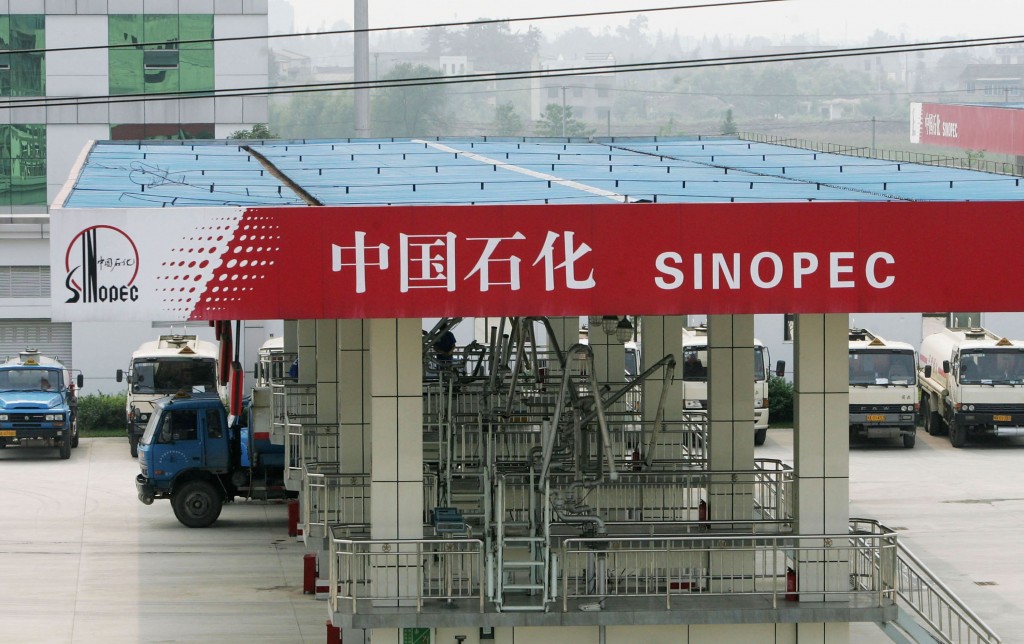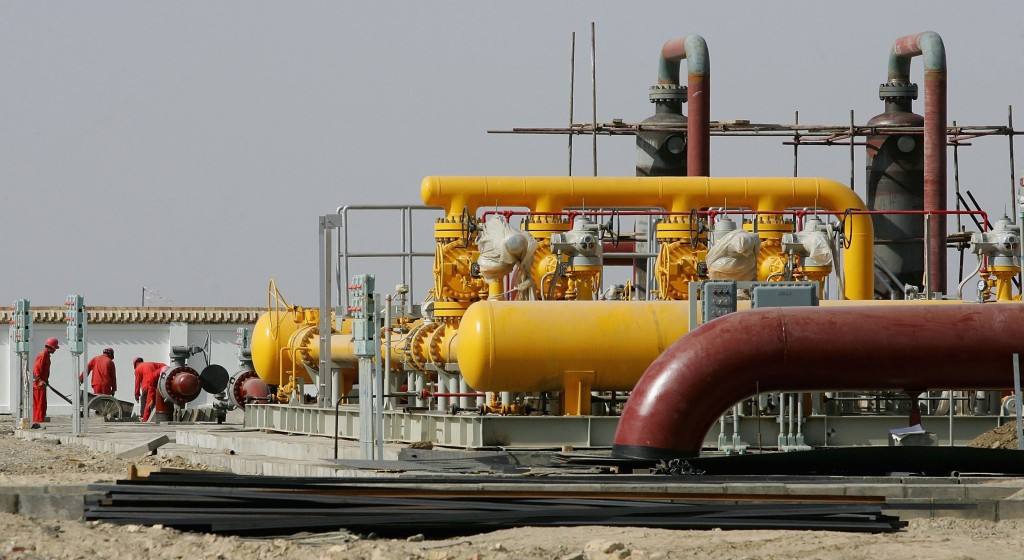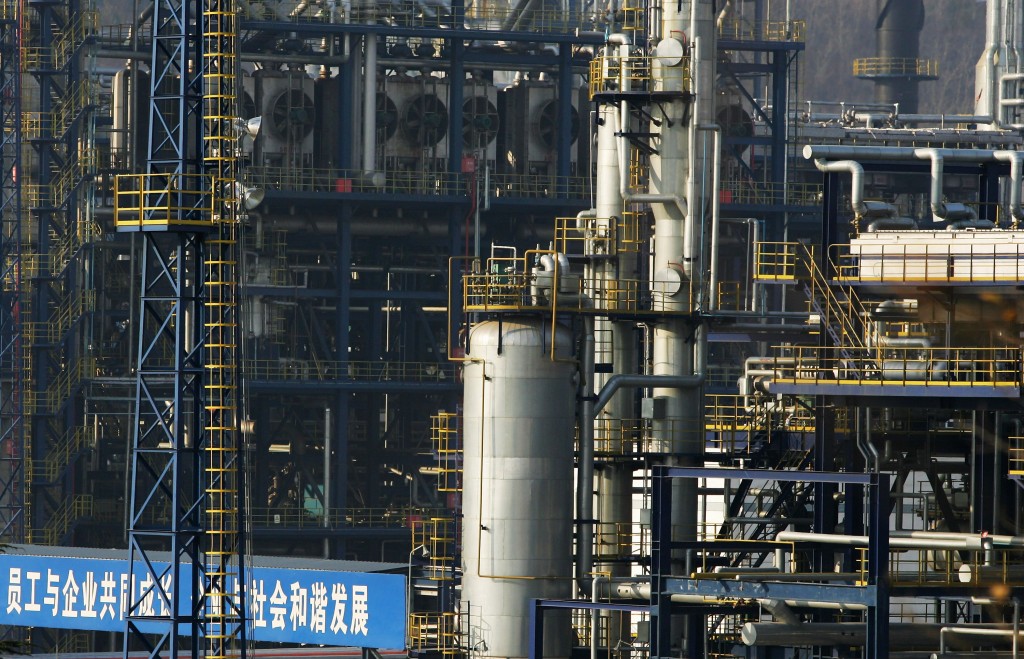US oil company executives are reportedly exploring preliminary business opportunities in Iran that could emerge if economic sanctions are relaxed as part of an agreement regarding the country’s nuclear energy activities. The companies represented by these individuals were not identified. “It is forecast that by the visit of [the] American delegation this week and in… Keep reading →
Sinopec
Sign up and get Breaking Energy news in your inbox.
We will never sell or share your information without your consent. See our privacy policy.Speculation is in the air, but it’s not on Wall Street or at some commodity trader’s desk at the Chicago Mercantile Exchange. It comes from China. Earlier this week, both foreign and domestic media reported that two of China’s national oil companies (NOCs), Sinopec and PetroChina, (the country’s two largest oil exploration companies) could merge.… Keep reading →
In 2008, as Beijing geared up for the summer Olympics by stockpiling crude oil, the world blamed the Communist government for inflating prices. Now eyes are back on China, wondering if demand from the Asian nation will bolster falling crude prices. With oil prices falling to their lowest level in years, the Chinese are taking… Keep reading →
Understanding China’s domestic oil market is akin to following an opaque and moving target, but a new report by independent price reporting organization Platts highlights the changing dynamics of one area in the Chinese oil market that is most responsive to economic signals: China’s teakettle refiners. Playing Against Monopolies Monopolized by state-owned but publically listed… Keep reading →
Energy News Roundup: Chinese Firms Enter Canadian LNG Project, Pemex Tax Relief and Wellinghoff Board Seat
By Jared AndersonMalaysian state company Petronas has agreed to sell a 15% stake in its proposed Pacific NorthWest LNG export facility to be sited in British Columbia, and a 15% stake in the upstream shale assets designated to feed the plant to Chinese state-controlled Sinopec. Taking a page from Japan’s LNG supply playbook, which has companies secure… Keep reading →
When China released its 2015 targets of 6.5 billion cubic meters of shale gas a few years back (source, in Chinese), it looked like the goal was out of reach. At the time, the country had zero commercial shale gas production and domestic natural gas extraction was mainly in the hands of state-owned companies. But… Keep reading →
Reading the Tea Leaves: Chinese National Oil Companies’ Diverging Strategies
By Kate Rosow ChrismanFirst, BP dropped plans to invest in a refinery in Qinzhou. Then PetroChina delayed plans for it’s Kunming refinery, part of a larger plan that includes a pipeline linking Southwestern China to the Bay of Benegal through Myanmar (bypassing the Malacca Straits). Now, two of the largest Chinese national oil companies (NOCs) are paring back… Keep reading →
With Rising Gasoline Demand, Beijing Plans to Pass on Costs to Consumers
By Kate Rosow ChrismanAs Chinese citizens demand cleaner air, but put more cars on the road, Beijing is retooling its policies towards fuel standards and pricing, while Chinese refiners adjust company strategy. Watch for these forces to play out in the next few years, with the potential for ripple affects throughout Asia, especially in the gasoline and diesel… Keep reading →
China’s Ambitions to Double Output by 2030 Rely on Unconventional Sources
By Kate Rosow ChrismanIn the past three years, Beijing’s projections for 2030 oil and gas output increased by a third to almost 700 million tons of oil equivalent, based on hopes of developing unconventional oil and gas. Production last year of oil and natural gas was 318.9 million tons of oil equivalent. With traditional oil production practically stagnant… Keep reading →

Analysts mostly agree that Chesapeake Energy received a relatively low price for the Mississippi Lime acreage it agreed to sell to China’s Sinopec for $1.02 billion. What is less clear though, is whether the price Chesapeake received reflects the company’s position as a distressed seller, or the quality of the assets sold. The Mississippi Lime is a shale play extending from northern Oklahoma into central Kansas.
“From my perspective, the proceeds looked a bit light on a per acre basis as well as per barrel of oil equivalent on a proved reserve basis,” Phil Weiss, Senior Analyst covering energy for Argus Research recently told Breaking Energy in an email. Keep reading →

